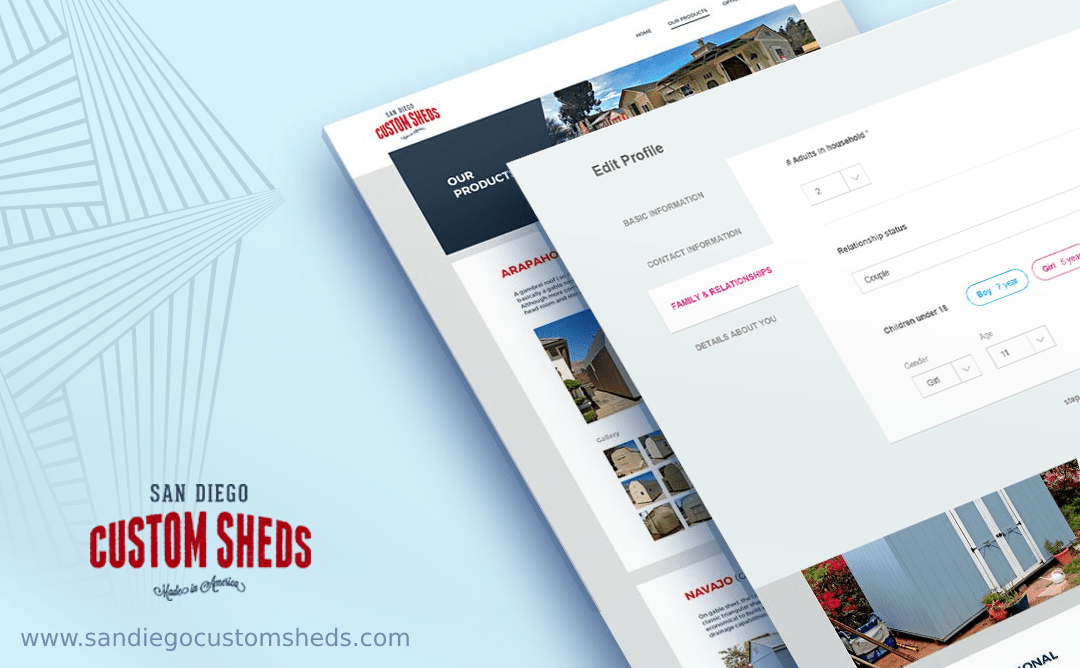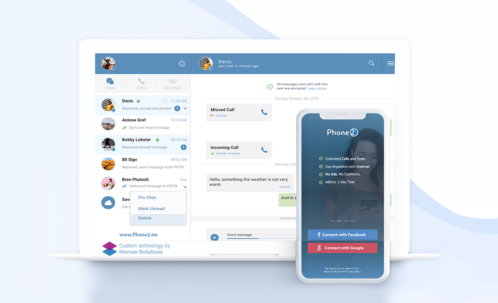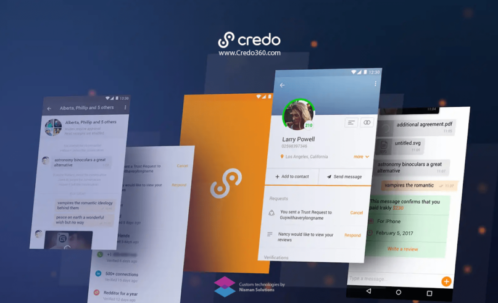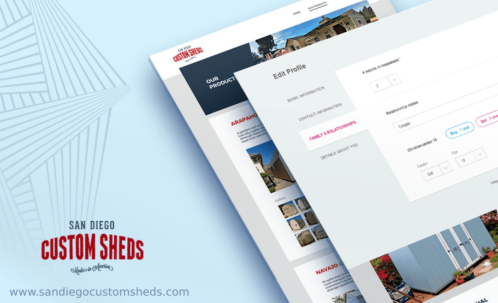Great User Experience design plays a vital role in building and growing customer confidence. A great product without an appealing user experience may influence the ability of an organization to achieve its business goals. In order to create an amazing experience for users, we have outlined the User Experience design process flow, which is an iterative method that helps to develop, continuously improve and polish the designs.
Below is an illustration of the whole process flow that we have adopted here at Nisman Solutions in the form of a block diagram.

Analysis:
Since the design’s role is to solve a problem, the first step to do is to understand the problem. During the analysis step, we gather the following items to ensure that we have the correct understanding of the primary goal and vision.
Client Interview
A collaborative collection of images and references that will eventually evolve into a product’s visual style guide. This allows creatives to show clients and colleagues a proposed look for the product before investing too much time on it.
Mood boards and Examples
Questions for interviewing key stakeholders in a project, both internal and external, to gather insights about their goals and requirements. It helps to prioritize features and define key performance indicators (KPIs).
Personas
A relatable snapshot of the target audience that highlights demographics, behaviors, needs, and motivations through the creation of a fictional character. Personas make it easier for designers to create empathy with consumers throughout the design process.
Use Cases
A comprehensive list of scenarios that happen when users are interacting with the product: logged in, not logged in, first visit, etc. It ensures that all possible actions are thoroughly considered, as well as the system behavior in each scenario.
UX Copywriting (Content)
Copywriting is the content users read or hear when they use a digital product. The texts must be clear, concise, and useful. Their goal is to help and guide the user.

Prototype:
This step involves UI definition of required features. The design team drives this activity which is based on the previous step of the process flow.
Service Blueprint
The service blueprint is a map that displays all the touchpoints of the consumer with the client’s brand, as well as the key internal processes involved in it. It is useful for visualizing the path followed by consumers across multiple channels and for making it evident how you could improve the flow.
User Journey Map
A user journey map is a diagram that explores multiple, sometimes invisible, steps taken by users as they engage with the service. It allows designers to frame the user’s motivations and needs in each step of the journey, creating design solutions that are appropriate for each.
In the picture below you can see the outline of the user journey map and its core elements: Zone A that provides us with the persona and scenario that should be examined, Zone B – the visualized journey of the user, that includes user’s thoughts, actions and emotional responses, and Zone C – discovered opportunities and insights.









